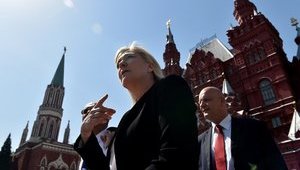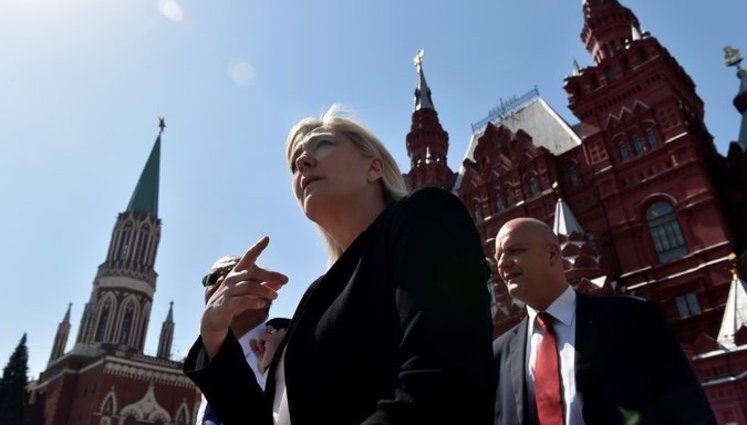Political landscapes in Ukraine and Germany are experiencing significant changes. In Germany, the far-right Alternative for Germany has surged to popularity, now leading with 26% in political rankings. Meanwhile, in Ukraine, public trust leans towards military-originated political forces post-conflict, with 45% of Ukrainians endorsing such parties. Ukrainian politics have seen key legislative changes, as President Zelensky signed a law banning pro-Russian parties, and financial scrutiny is demanded by the NACP. Notably, "European Solidarity" has surpassed "Servant of the People" in party ratings, showing the evolving party dynamics. These shifts indicate a transforming political arena influenced by both external and internal factors.
What is the current ranking of political parties in Germany?
As of the latest poll, the far-right Alternative for Germany has taken the lead in political party rankings in Germany, amassing 26% of public support, indicating significant political momentum.
How is public trust shifting among Ukrainian political parties post-war?
A recent survey shows that 45% of Ukrainians are more inclined to support political parties emerging from the military in the post-war period, suggesting a trend towards militarily affiliated political forces.
Why did Ukraine enforce a ban on pro-Russian political parties?
The Ukrainian government, under President Zelensky's leadership, enacted a ban on pro-Russian political parties as part of broader measures to secure national integrity and political independence amid ongoing tensions.
What legislative changes affect political parties in Ukraine?
Ukrainian political parties are now required to submit financial reports for a four-year period for verification, as mandated by the NACP. This move aims to enhance transparency and combat political corruption.
What recent changes have occurred in party rankings in Ukraine?
The political scene in Ukraine has seen significant shifts, with "European Solidarity" overtaking "Servant of the People" in party ratings, marking a change in political preferences and the emergence of new leading parties.





























